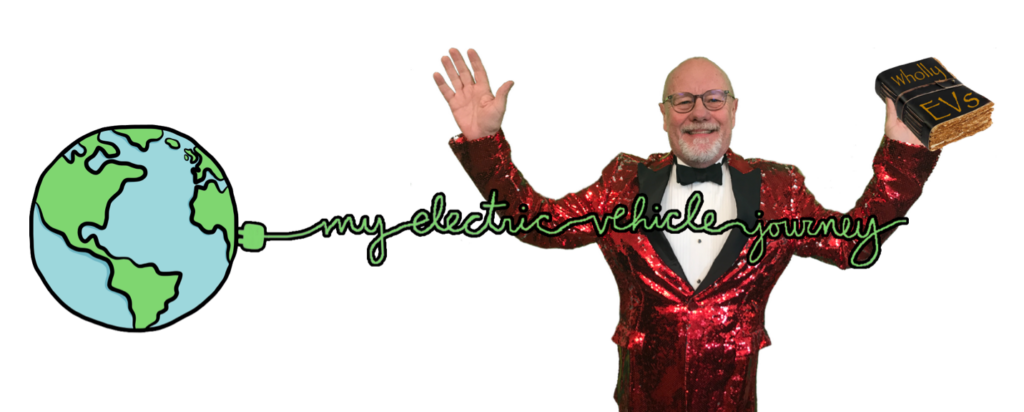Ad Hominem Backfire in the Energy/Climate Debate
By Robert Bradley Jr. -- May 20, 2024“Get off your high horse, all of us are ‘pro climate’, you just have a different view on how to achieve that. Mr. Bradley interacts with anyone who challenges his statements. As far as your charge that he, “declare a position”? He does so every day. Catch up….” Mark Rohrbacher to Thomas Ortman (below)
Social media exchanges between free market and government energy/climate proponents are an excellent way to understand the arguments, politics, and motivations of all involved. Cancel culture not, may the best ideas win. Here is a LinkedIn exchange of note, where I (and others) rebut a familiar ad hominem. In this case, one Thomas Ortman just … disappeared.
The exchange occurred with a post by Gavin Mooney, self-described “energy transition optimist.”. “Batteries have taken a huge leap forward in California this spring, soaking up solar during the day and discharging it when it’s needed in the evening” he wrote.…
Continue ReadingThe Carbon Capture Con
By Viv Forbes -- May 17, 2024“Pumping gases underground is only sensible if it brings real benefits such as using waste gases to increase oil recovery from declining oil fields – frack the strata, pump in CO2, and force out oil/gas.”
Carbon-capture-and-underground-storage “(CCUS)” tops the list of silly schemes “to reduce man-made global warming.” The idea is to capture exhaust gases from power stations or cement plants, separate the CO2 from the other gases, compress it, pump it to the chosen burial site and force it underground into permeable rock formations. Then hope it never escapes.
An Australian mining company who should know better is hoping to appease green critics by proposing to bury the gas of life, CO2, deep in the sedimentary rocks of Australia’s Great Artesian Basin.
They have chosen the Precipice Sandstone for their carbon cemetery.…
Continue ReadingBuzz Smith: Snake Oil EVangelism
By Robert Bradley Jr. -- May 16, 2024On social media, one Buzz Smith appeared, bragging about the new EV truck he had ordered. He was getting criticism, and I chimed in. The cowboy-looking fellow has his picture and “Getting ready for the electric pickups!” But here is his normal Facebook picture:

I responded how EVs had never been competitive with this link.
He responded: “Yeah, electric technology hasn’t changed a bit in the last 120 years, GeeZ!” To which I replied that the situation was the same now as then: relative energy density and the weight of batteries. I also shared that the average price of an EV was $55,000 versus $35,000 for a conventional vehicle with this link.
He then replied: “The difference is the public now knows what Exxon knew in 1977, that their product was going to change the climate….”…
Continue Reading